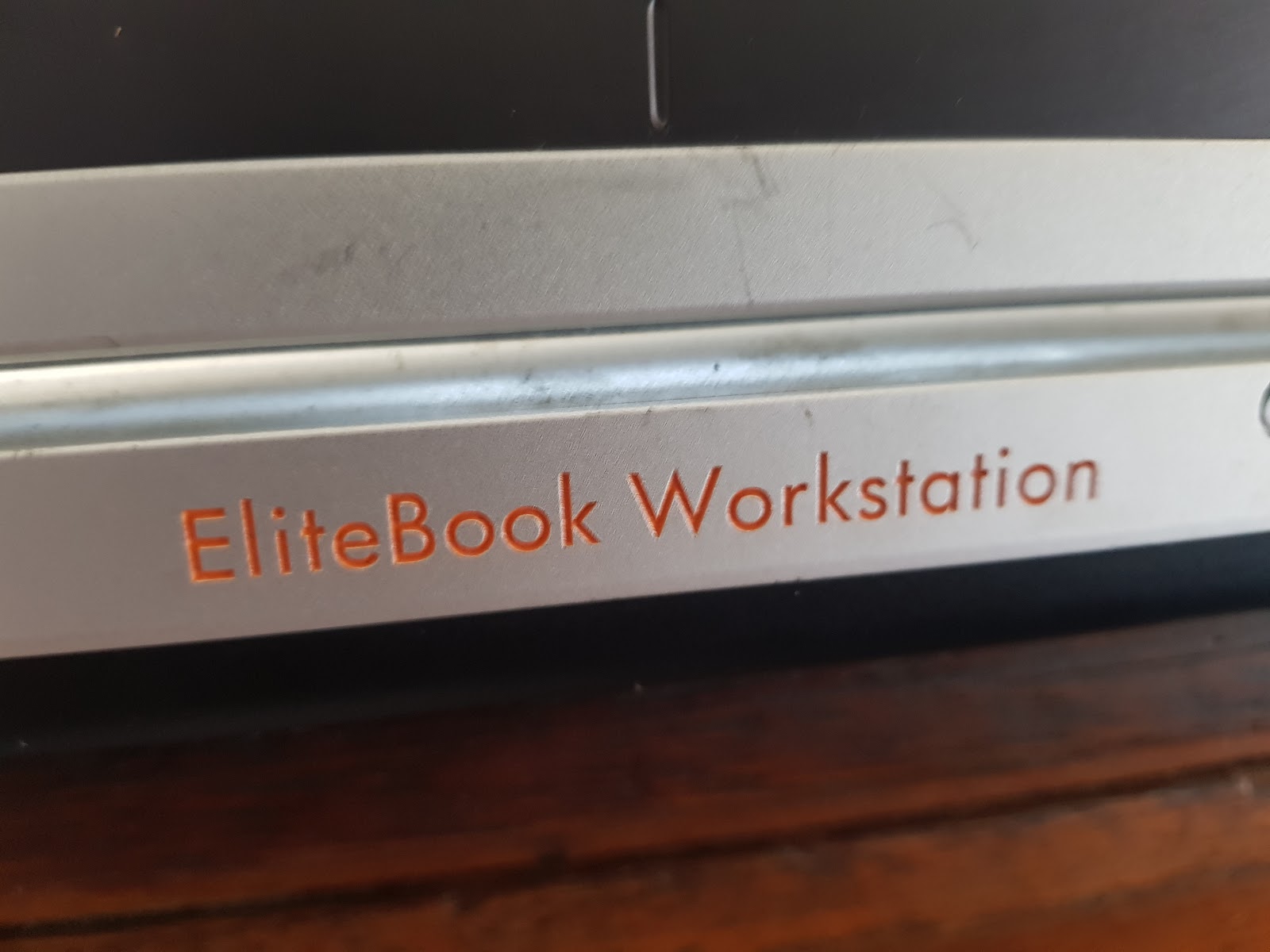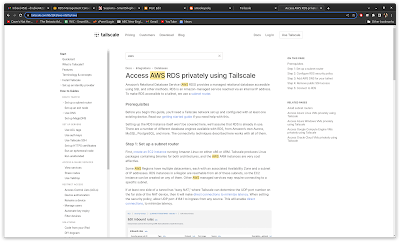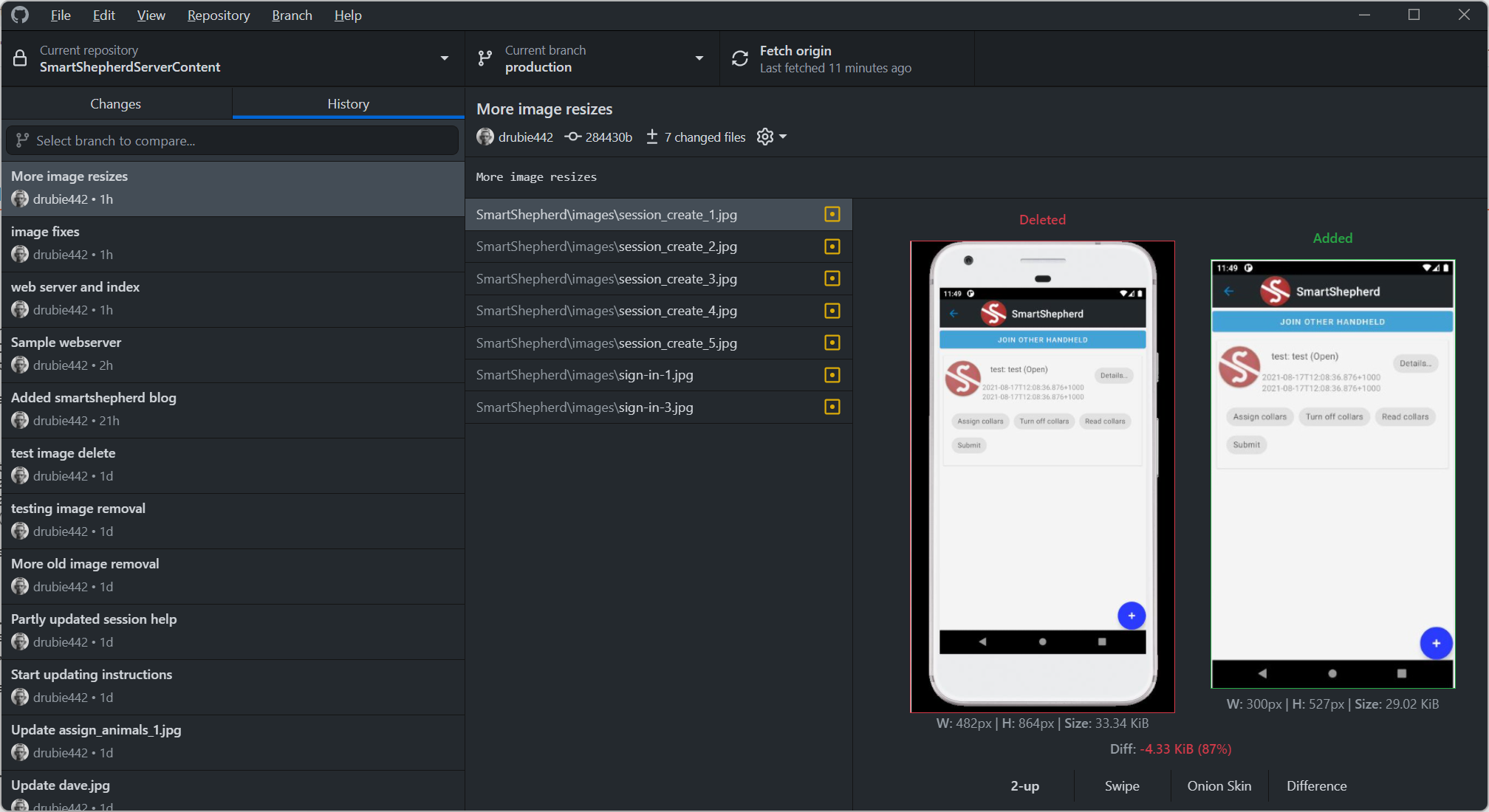That magical word: Workstation
Or how I came to own a HP 8760w 17" laptop
I am reading a lot of retro-computing articles lately, I grew up in the 8 bit era and I have strong nostalgia for it. It does help to be realistic though, for all the love that things like the Amiga get, they were a dead end in terms of computing. What really ate the world was the boring old IBM-PC: flickery, interlaced multi-sync monitors, beige boxes and productivity software. There was another, relatively brief path the industry could have gone down though.
The Workstation was king
In retrospect, it might be a bit tough to put a circle around what constituted a workstation. Is a PERQ a workstation? Probably. Xerox Alto and Star? Definitely. Symbolics Lisp machines? Not sure. Probably? The real success stories came out of Apollo, Sun, HP,IBM,NeXT,DEC and Silicon Graphics. For a time it was a hot market, especially in what was known then as technical computing: research, manufacturing, CAD, graphics, simulations.
If you had a job where you were issued a Sun or an Apollo (back in the day) or an SGI, you were elevated. You were no longer some pleb coding in basic on a C64 or a tie wearing IBM clone user. You had entered a rarified sphere with limitless power at your fingertips. An Amiga was a grubby kids toy by comparison and the IBM PC was slow to move to graphical applications. The workstation manufacturers had fancy graphics, 32 bit processors and scarily huge margins. The designs of the boxes could be wild: The SGI Indy didn't look like anything Bob from accounting had on his desk and you couldn't buy anything like that at K-Mart.
The king is dead
Bob from accounting probably had one thing up his sleeve though, the company might have issued him with a fancy Toshiba laptop which was the only thing that could make a workstation jockey jealous. There were some efforts to produce some workstation based laptops but ultimately they were a niche within a niche and unsuccessful.
By the mid nineties it had become obvious who really won the workstation wars, it was Compaq. Starting from their industry upheaving announcement of the Deskpro 386 in 1986, Compaq simultaneously removed IBM's role as the feature setting powerhouse of the business computing industry and sowed the seeds of destruction for every workstation vendor, even before half of them had gotten started.
Sadly, most of the classic era workstations are near unusable today, the Sun Sparcstations for example suffer from similar issues to other personal computers of the era (bad capacitors) and when you do get them running, there isn't anything like the game libraries that keep Amiga and C64 fans amused. If you really need to scratch that classic workstation itch, emulation seems more feasible.
However, there is one particular niche that makes some sense to modern users and that is the successors to those workstations: big, expensive, high powered PCs aimed at enterprises. The ultimate niche within that niche? 17" "workstation" laptops.
Specification arbitrage
On the second desk at SmartShepherd I normally have the first laptop I bought when the company started: an Acer that sported 16gb of memory, ATI graphics and an AMD A10-9600p processor. When I bought it, the research indicated that bang-for-buck this machine was pretty good. It turns out that it was garbage, the main culprit being that A10-9600p. The processor had specifications that suggested it should be about as fast as a mid-range Intel i5 (2017 is when I purchased it). The real world speeds of that processor were well short of the mark, plus the machine was crippled out of the factory with an inability to use Hyper-V or any kind of virtualisation with some unauthorised changes to the BIOS. It did live on the road semi-permanently with me while travelling extensively and proved reliable, but it was never really as fast as it should have been. The last update to Windows has made it near unusable.
In short, it's a dog that I put up with for 4 years before finally relenting and replacing it with an Acer Nitro that had an i7 processor instead. However I still needed something for that 2nd desk and couldn't really justify spending the money on something new when it's only used occasionally. I wanted something fun that still had adequate performance. My initial searches centred on the Dell and HP deskside workstations like the HP Z640, available with dual Xeons and a variety of video cards, but in searching for terms like "Nvidia 4000" one machine popped up that I couldn't resist. It was a fat, HP 8760w "mobile workstation" with a 2nd generation i7 chip and Nvidia Quadra graphics. I wouldn't say it was cheap, but checking the processor comparisons against that original Acer was eye opening. More than anything, I just wanted to see it in the flesh. Compaq had been absorbed into HP by the time the 8760w was released, but this feels more like a Compaq than an HP.
Is it a workstation?
It's very heavy at close to 4 kilograms. It feels substantial, cool to the touch, the screen opens smoothly without flexing and the incidental, chrome buttons feel nice under your fingers. The Acer laptops are OK, but mostly they feel insubstantial. That is a blessing when you are boarding an aircraft but they are closer to disposable razors than they are tools. The HP's magnesium chassis is complemented by the metal finish on the lid, which has lightly machined concentric circles around a light-up HP logo. It's also too big to fit in a backpack. The hinges for the screen are hefty, no worries about them failing. The screen itself is sadly not quite right. The "Dreamcolor" panel is beautifully crisp and has an amazing range of contrast and color, but it's also gone slightly mauve when it should be crisp white, which makes the 8760w useless for some of the original work it was intended for: color correct design. For programming it's an absolute dream to look at, very easy on the eyes. The keyboard is lovely, weighted nicely with good travel to the keys and despite the age of the machine (10+ years) none of the markings on the keys are even slightly worn. The base requires no tools to remove to access the two hard drives and half of the memory, although in what seems like an own-goal by HP, you can't expand the memory properly unless you remove the keyboard. This one only has 8gb so something will need to be done about that. With the optional dock you can drive up to 5 monitors, it has USB 3.0 and even an ancient Firewire port. The overall philosophy seems like it harkens back to things like the Kaypro or the original Compaq Portable.
The colour calibration software supplied with the 8760w. Can't notice the mauve tint on the small patch of white here but it's definitely a bit off.I have installed all the build software I currently use (Android Studio, VSCode) and the performance is remarkable compared to the A10-9600p powered Acer. It's streets ahead, even with half the memory. With a big external monitor running out of the Displayport socket you'd be hard pressed to pick the difference between this and a new mid-range laptop. It must have been something else 10 years ago, which was reflected in the price that could run as high as $6,000USD.
I am really happy with this outcome. Not only does this machine do what I need, but it's also extremely cool. I imagine, back in 2012, that plonking this bad boy on the counter in a flight lounge was something of a statement even if it did test the structural integrity of the bench and you could only rely on about an hour of battery life at full noise. I think if you tried to use it on a plane you could easily snap off the tray table and the bag big enough to carry it may not fit in the overhead locker. No matter. The biggest problem I have is going to be resisting upgrading this to the max contemporary specification (a faster i7 and 32Gb of memory) which would kill the value proposition.
I'm not alone
This guy had a similar take on recycling older machines - the gist of it comes down to the same conclusion I did: if you dig carefully through the specifications and don't mind the risk and the power consumption, enterprise gear is better value on the second hand market than consumer gear. It's more durable, you are more likely to be able to source parts for it and the performance can be close to contemporary (or better, depending on what you are doing). I like to think that the spirit of those fancy, technical workstations lives on in these kinds of machines.
Postscript
I dumped the pre-installed version of Windows 10 off this laptop and installed Debian Buster. It wasn't completely straightforward: the 8740w has an experimental UEFI bios and it won't boot Debian at all, despite the installer finishing without an error. Good news is you can disable UEFI functionality completely in the BIOS. I ended up doing the installation twice, the first time as an attempt at dual booting Windows 10 (which didn't work due to the UEFI problems) and the 2nd one I just blew away the entire SSD and went with a pure Debian install. It works very well.
To get Android Studio emulators working properly you need to replace the "nouveou" NVidia driver with the non-free version (see this install guide). The emulators wouldn't start - I tried turning off the hardware acceleration but that option is greyed out in the latest versions of the emulatorrs for a reason I can't discern. Installing the non-free Nvidia driver fixes that and the emulators run at a surprising turn of speed on this machine. VSCode and Docker CE install was straightforward, although if you're using .NET you will need to install "libcurses5" as the debugger requires that rather than the libcurses6 that comes with Debian Buster.




